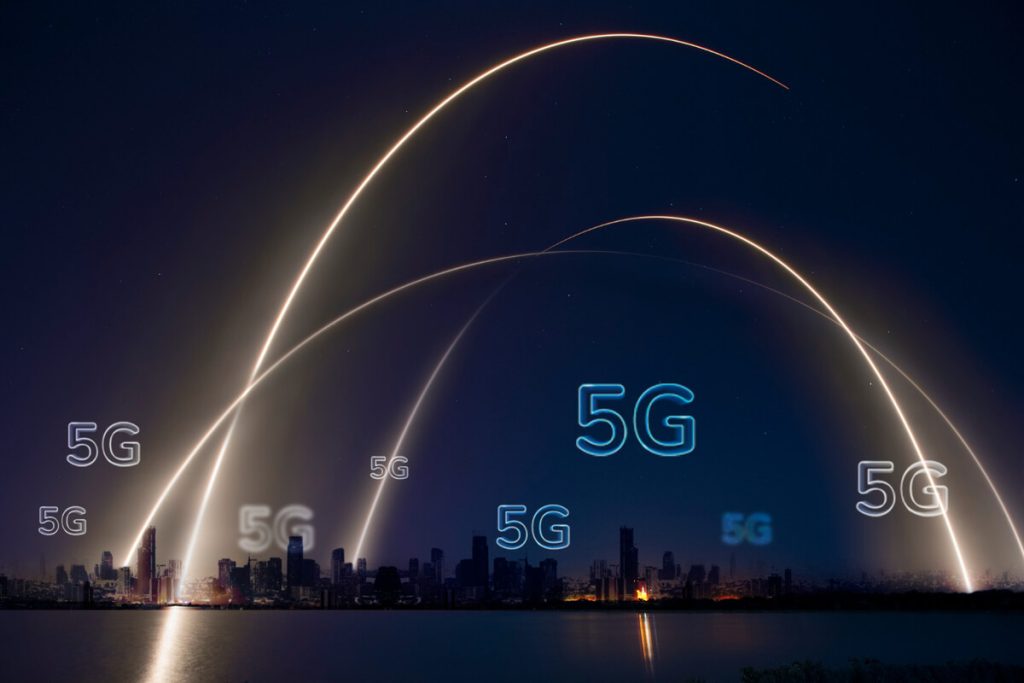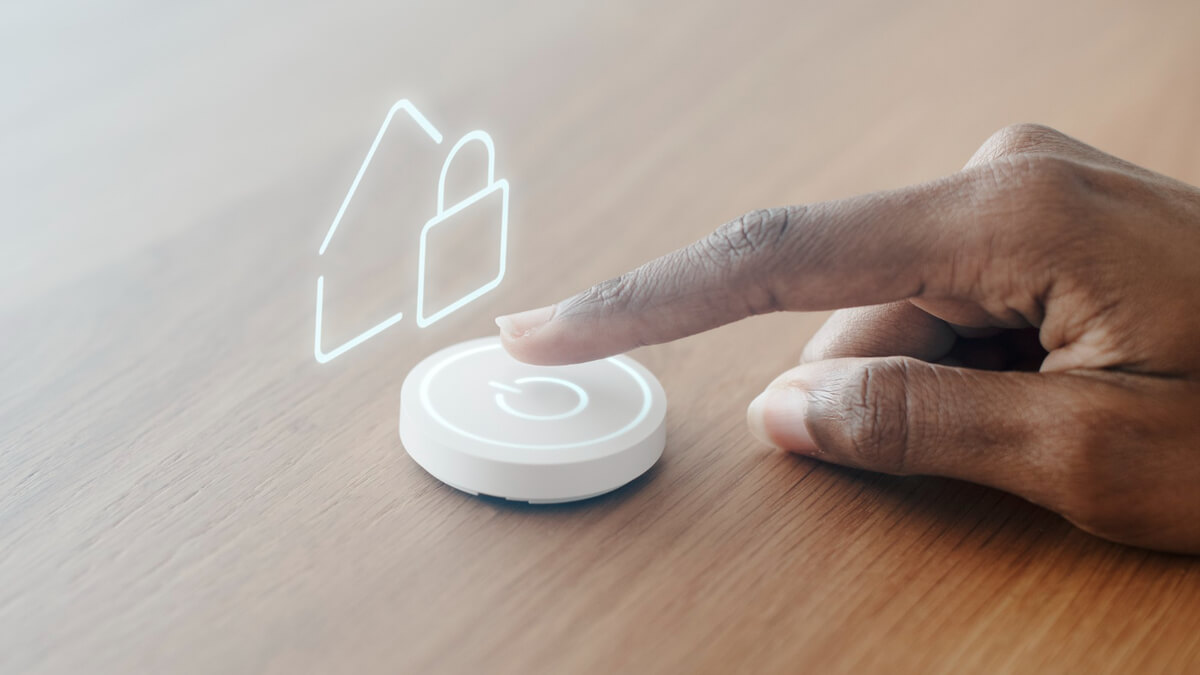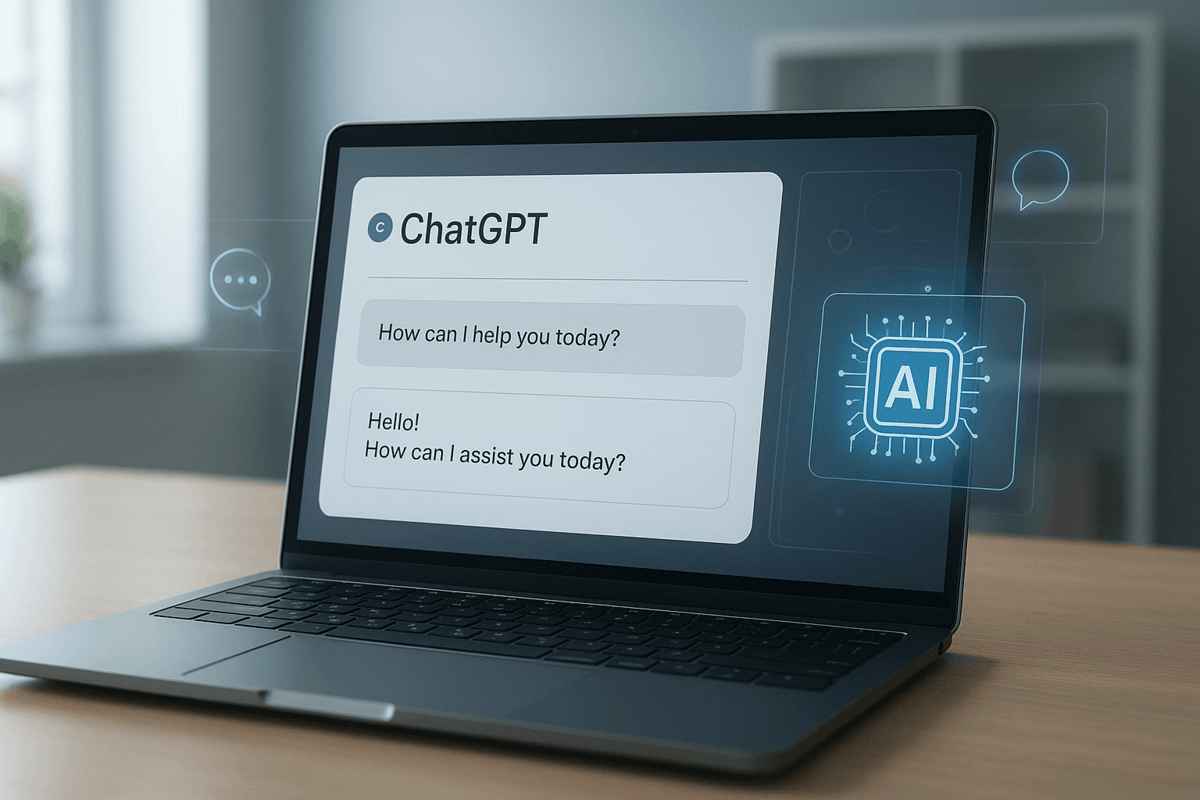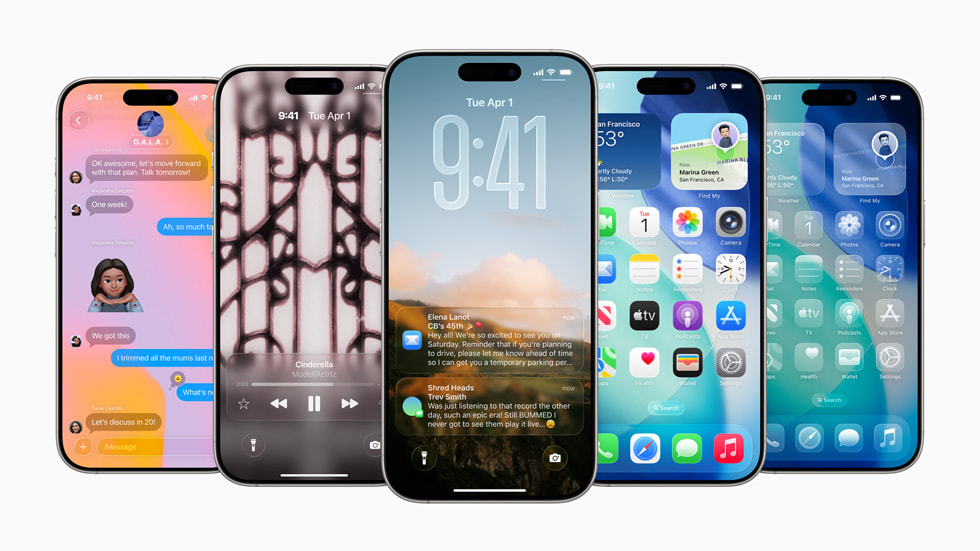5G, Edge Computing & IoT: What’s Next for Smart Devices in US & UAE

Introduction
Smart devices are everywhere—from connected homes to wearable health trackers. But with the explosion of Internet of Things (IoT) devices, challenges like slow response times, data overload, and privacy concerns are growing. This is where 5G, edge computing, and IoT together create a smarter, faster, and more reliable ecosystem.
For users in the US and UAE, the impact will be huge: faster speeds, seamless automation, and smarter decision-making powered by data at the edge. In this article, we’ll explore how these technologies work together, their benefits, real-world examples, and what’s coming next for smart devices.

How 5G Powers Smart Devices
Speed and Low Latency
5G networks offer lightning-fast speeds and ultra-low latency, enabling smart devices to respond almost instantly.
High Device Density
5G supports millions of devices per square kilometer—perfect for IoT-heavy cities like Dubai or New York.
Secure & Reliable Connections
Enhanced encryption and network slicing improve privacy and make connected devices more reliable.
Role of Edge Computing in IoT
What is Edge Computing?
Instead of sending data to distant cloud servers, edge computing processes data locally—closer to where it’s created.
Benefits of Edge for Smart Devices
- Faster decision-making (real-time responses)
- Reduced bandwidth usage
- Enhanced data security by keeping sensitive data local

Benefits of 5G and Edge Computing for IoT
Real-Time Automation
Smart homes, autonomous vehicles, and industrial IoT thrive with instant processing.
Better User Experience
Devices like AR glasses or smart assistants work smoother without lags.
Cost Efficiency
Businesses save on bandwidth and storage with localized data handling.
Examples of Smart Device Applications in US & UAE
Smart Cities
- Dubai is testing IoT-based traffic management powered by 5G.
- New York is using connected streetlights and sensors to cut energy waste.
Healthcare
- Remote patient monitoring devices powered by 5G in US hospitals.
- UAE is piloting IoT-based health wearables for preventive care.
Industry & Business
- Predictive maintenance in factories using IoT sensors.
- Edge-based logistics tracking for faster supply chain management.

Challenges & Concerns
Security Risks
More connected devices mean more entry points for cyberattacks.
High Costs
5G rollout and edge infrastructure require major investments.
Regulatory Challenges
Data privacy rules differ in the US and UAE, which can slow innovation.
Future of Smart Devices with 5G & Edge Computing
- AI-driven IoT devices will act more independently.
- Edge AI will make smart homes and cars even more personalized.
- Expansion in US & UAE smart city projects will fuel global adoption.

Conclusion
The fusion of 5G, edge computing, and IoT is reshaping the future of smart devices in both the US and UAE. Faster connections, real-time automation, and smarter decisions will drive new opportunities for consumers and businesses alike.
Want to stay ahead? Keep following KnowledgeBuckets.com for the latest tech insights and future-ready guides.
Related Reads
How to Lock Down Your Smart Home Devices: Best Cybersecurity Advice for US & UK Users
ChatGPT AI Tool Review: Power, Features & Insights in 2025



